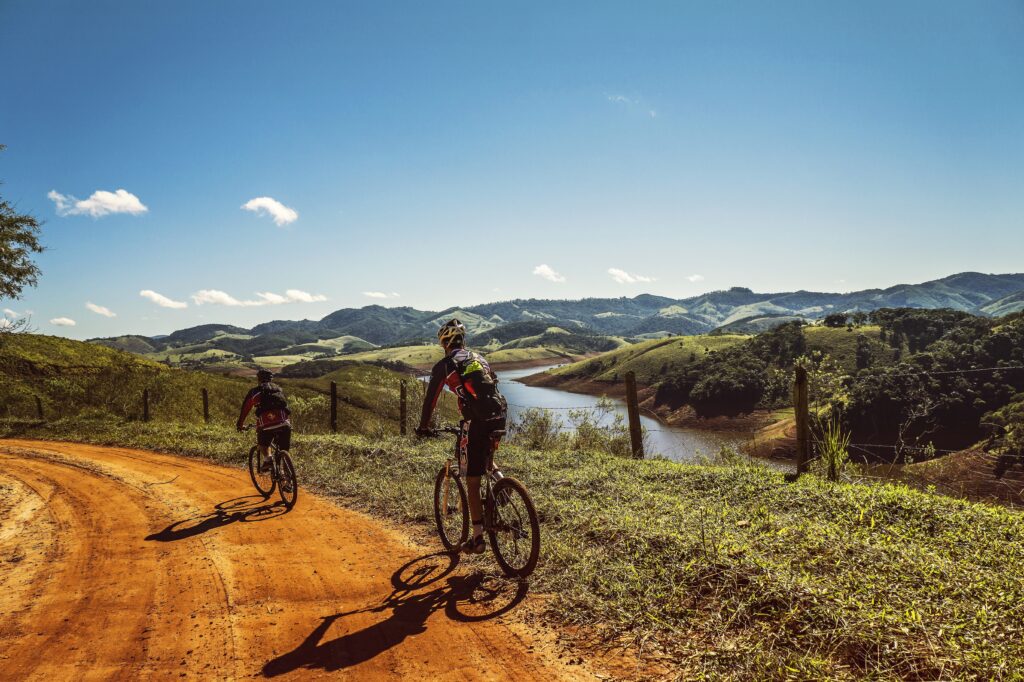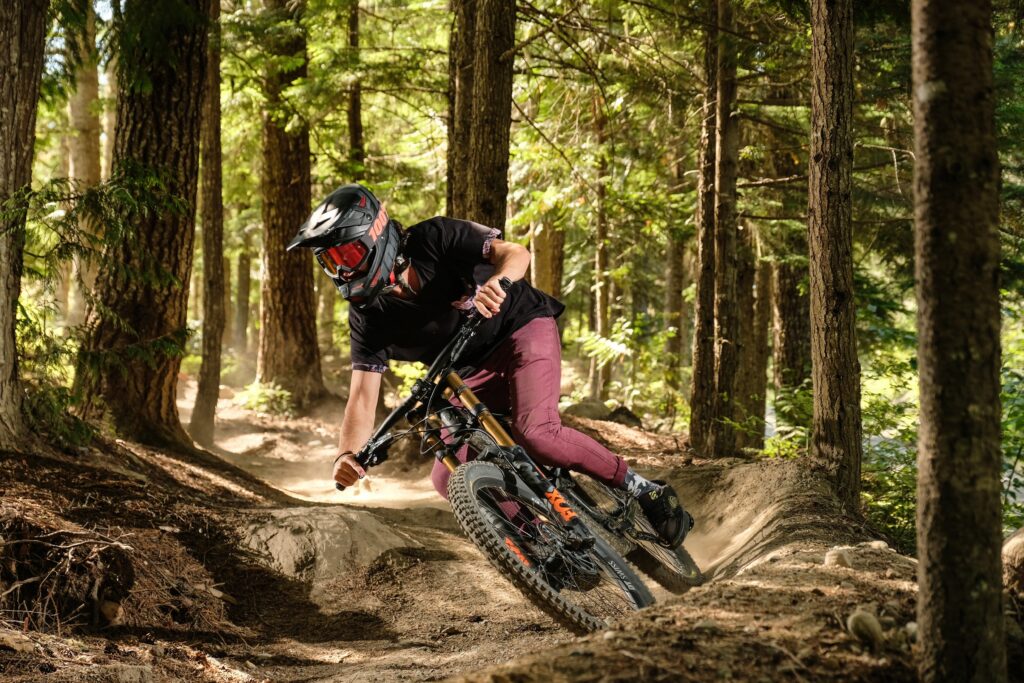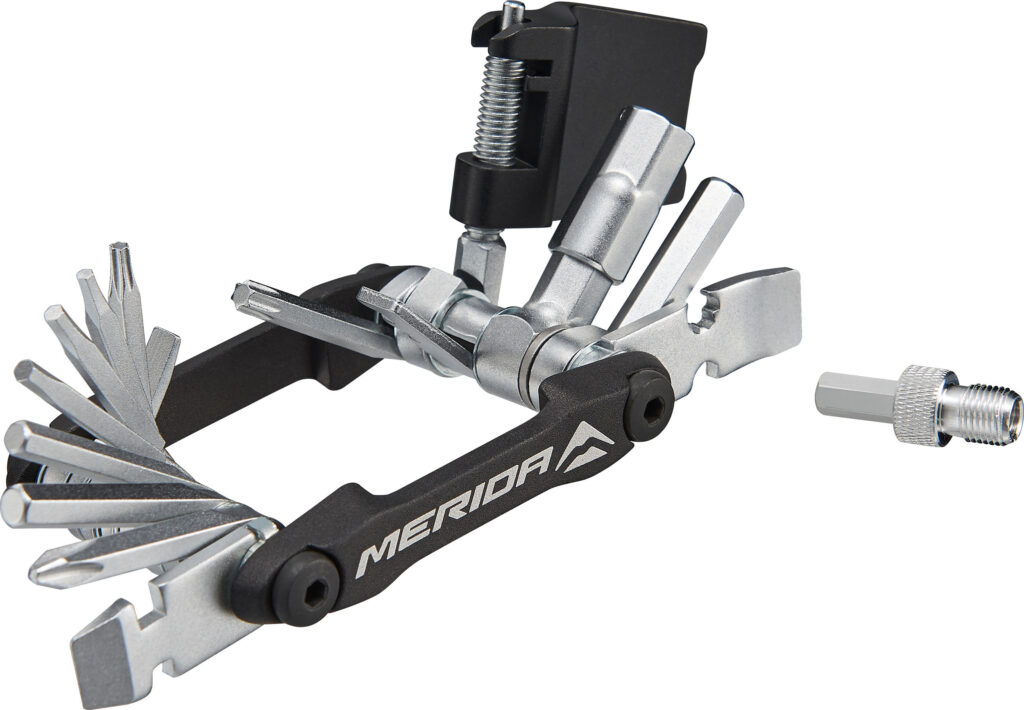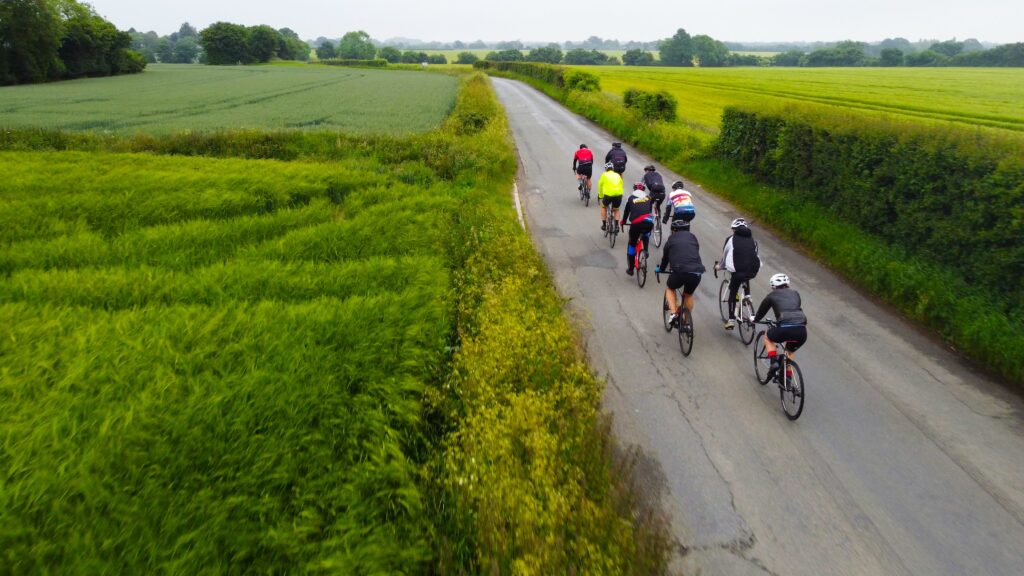Mountain biking entails traveling across difficult and varied terrain that may include abrupt drops, jumps, and obstacles. Many riders find this to be addictive because it gives them an adrenaline rush and a thrilling feeling. Mountain biking is a strenuous activity that calls for power, stamina, and agility. This gives riders an excellent cardio workout and can help them become more physically fit and healthy.
Every new mountain biker who has just gone for a ride thinks of it the hard way. It initially seems illogical that you are riding over rocks, streams, and various other types of terrain, but you are actually doing it. It’s tense, terrifying, and thrilling all at the same time. It gets easier and more enjoyable over time. But there are some advice and tips that we all wish we had known when we were just getting started as beginners. Here are ten recommendations for those who are just getting started in mountain biking.
1. Set up your bicycle correctly.

When you purchase your first (or a new bike for you), there are a few things you should do to set your mountain bike for your frame size and weight. Many novice mountain bikers skip over doing this, but it has a significant positive impact on comfort and confidence.
2. Trust your bike

Getting around challenging terrain is what your bike is designed to do. Your task as a novice mountain biker is to simply let your bike handle any problems that may arise. Your lower body will be able to move freely if you keep your upper body loose. Lift your bottom off the saddle when riding over obstacles such as rocks and roots. As the terrain becomes more challenging, the more room your bike requires to move. Use your “pushup arms” and “cowboy legs” and flare out your elbows and knees to allow the bike to flow rather than fight it when descending a slope.
3. Maintain forward motion

Contrary to popular belief, clearing challenging trail sections is made easier by speeding up when the going gets tough. This is because momentum on your bike is the factor that’s most important for continuously moving forward and should be maintained. Success requires momentum, so keep it going whenever you can.
4. Know when to change gravity

You’ll come across the harsh terrain, which includes significant drops and inclines. Leaning forward and shifting your weight forward will help you keep your center of gravity over the back wheel while climbing a challenging pitch. When the trail slopes down, shift your weight from in front of the saddle to over the back wheel to prevent falling over the bars.
5. Take it easy on the brakes.

You might occasionally feel the urge to grab both brakes and pull them as hard as you can to the bars as a beginner mountain biker. The urge should not be heeded! Because mountain bike brakes are so powerful, adjusting your speed only requires one or two fingers. Reduce your speed before difficult terrains, like corners and rock gardens, and then maintain it.
6. Make use of all tools

Making use of your biking tool when you are in trouble is no different from the prince saving Cinderella as you frequently travel on uphill and downhill terrain make use of your tools when needed. By anticipating changes in the terrain, shift before you need to. It will assist you in maintaining momentum, which you already know to be your best friend.
7. Make your suspension decision

In addition to having at least a front suspension fork, modern mountain bikes frequently have a shock absorber in the back. Large bumps nearly disappear entirely as you roll over these magical creations. Only their active settings allow them to operate, though. You can return as a novice after taking your time to learn the finer points of navigating your ride.
8. Give it some thought

Directing your attention to the rock you wish to avoid is a tip you need to know as a biker. Target fixation is what happens when you only use your eyes to control your bike. Instead of concentrating on the obstacles in your path, concentrate on the destination.
Look ahead with your eyes while maintaining a level chin. Try to look as far down the trail as you can, then use your outside vision to avoid and navigate over anything that is directly in front of you. Your head will be protected if you upgrade to protective equipment made for trails.
9. Handling repairs

The rocky terrain makes mechanical issues more frequent off-road than they are on paved surfaces. Although tubeless tires have not completely eliminated flats, their prevalence has decreased. In order to ensure that you can leave the area if something breaks, review some basic fixes. You ought to be capable of repairing a flat, at the very least. Another useful skill is the ability to mend a broken chain.
10. Keep more than just a debit card on you.

Deserts and forests don’t have many convenience stores. Rides on a mountain bike will frequently take much longer than you anticipate because you frequently run into challenging terrain, run into a mechanical problem, or just get lost. Never underestimate your needs for food and water. In a similar vein, it can occasionally be challenging for someone to come get you if something goes wrong. Although they might be able to, you might not have cell service. Keep a pump, a multi-tool, and at least one extra tube nearby at all times. You will feel more comfortable and enjoy yourself more if you know you have everything you need.

